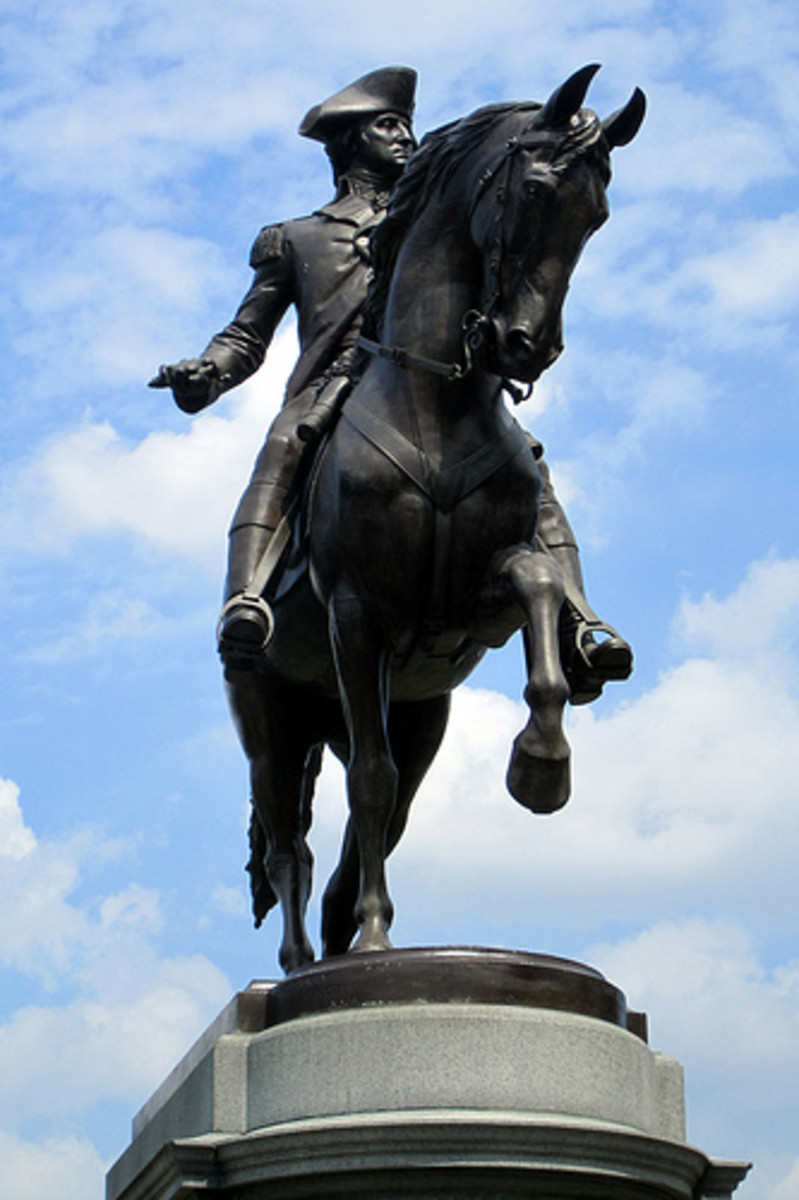George Washington: The Father of Our Country’s Appreciation for Mules
- March 10, 2017
- ⎯ Fran Jurga


“I have a prospect of introducing into this Country a very excellent race of animals also, by means of the liberality of the King of Spain. One of the Jacks which he was pleased to present to me (the other perished at sea) is about 15 hands high, his body and Limbs very large in proportion to his height; and the Mules which I have had from him appear to be extremely well formed for Service. I have likewise a Jack and two Jennets from Malta, of a very good size, which the Marquis de la Fayette sent to me. The Spanish Jack seems calculated to breed for heavy, slow draught; and the other for the Saddle or lighter carriages.
“From these, altogether, I hope to secure a race of extraordinary goodness, which will stock the Country. Their longevity and cheap keeping will be circumstances much in their favor. I am convinced, from the little experiments I have made with ordinary Mules, (which perform as much labor, with vastly less feeding than horses) that those of a superior quality will be of the best cattle we can employ for the harness.
“And indeed, in a few years, I intend to drive no other in my carriage: having appropriated for the sole purpose of breeding them, upwards of 20 of my best Mares”.
–George Washington
(Letter to Arthur Young, December 4, 1788)

George Washington knew what he was doing. He understood that farming in America was different from farming in England, and that the traditional ox and horse in the field might benefit from a third alternative source of agriculture power: the purpose-bred mule. The rocky hillsides and sometimes sparse availability of good grazing and feed made the mule a practical alternative; add in its work ethic and surefootedness and it’s easy to see why mules are still popular today.

I’m sure horse breeders will cringe when they read that Washington bred his best mares to his mammoth jack, but the first tenet of breeding is to breed the best to the best, isn’t it?
By 1799, there were 57 mules at Mount Vernon, Washington’s farm estate in Virginia, according to the Mount Vernon website. And they’re still there, thanks to Mount Vernon’s sincere effort to portray an accurate image of Washington’s way of farming.
Happy President’s Day–now, go hug your favorite mule!
To learn more:
Book Review: The Horse in Virginia: An Illustrated History by Julie A. Campbell
Read more about George Washington, the farmer, at the?Mount Vernon web site; to learn about mules in the service of the U.S. military, a great source is Shavetails and Bell Sharps: The History of the U.S. Army Mule by Emmett M. Essin





